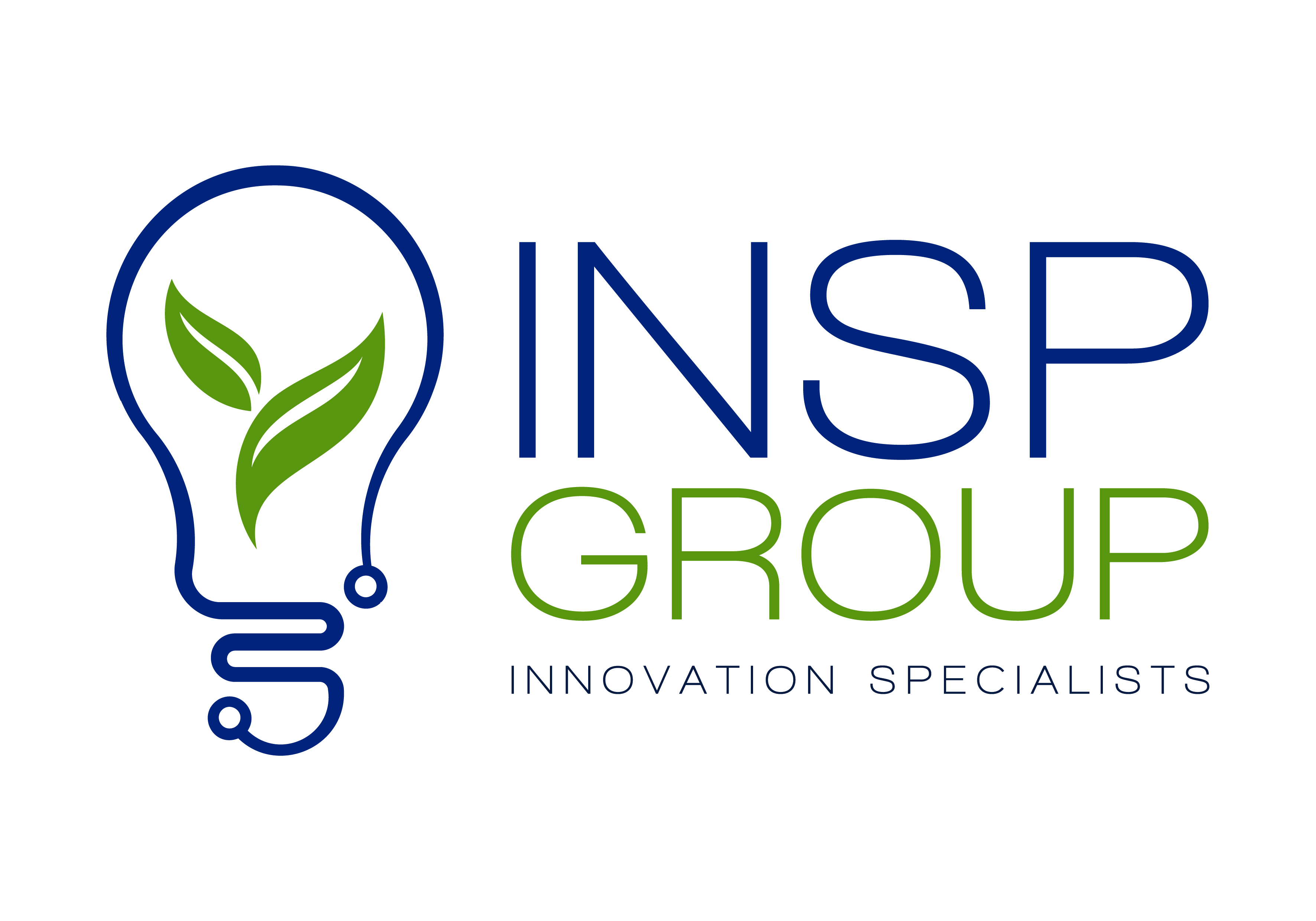Custom Logo Design Introduction:
In today’s fast-paced and visually driven world, a strong logo is essential for any business seeking to establish a powerful brand identity. A well-designed logo not only represents your company’s vision and values but also serves as a memorable symbol that leaves a lasting impression on your target audience. In this blog, we will explore the art of logo design, uncovering the key principles and best practices that can help you create a timeless and impactful logo for your brand.
1. Understanding the Importance of a Logo:
A logo is more than just a pretty picture; it’s the face of your brand. Delve into the significance of a logo and how it acts as a visual representation of your company’s personality, values, and mission. Highlight the role a logo plays in brand recognition and recall, and showcase examples of famous logos that have stood the test of time.
2. The Fundamental Principles of Logo Design:
Discuss the foundational principles that guide effective logo design, including simplicity, versatility, memorability, and timelessness. Explain how simplicity allows a logo to be easily recognizable and versatile across different mediums. Explore how a memorable logo creates a lasting impression and how timelessness ensures longevity, saving the brand from frequent redesigns.
3. The Art of Conceptualization:
Take readers through the creative process of logo design, from initial brainstorming to refining concepts. Provide insights into researching the target audience, competition, and industry trends to come up with a unique and relevant logo concept. Share tips on sketching, mind mapping, and utilizing mood boards to visualize ideas effectively.
4. Choosing the Right Typography:
Typography is a vital element in logo design, as it communicates the brand’s personality and style. Guide readers on selecting appropriate fonts that align with the brand’s message and industry. Explain the different types of fonts (serif, sans-serif, script, etc.) and how they can evoke different emotions.
5. Harnessing the Power of Colors:
Colors evoke emotions and can significantly impact a brand’s identity. Dive into the psychology of colors and their associations, explaining how certain colors can instill trust, excitement, or tranquility. Offer advice on choosing an appropriate color palette that resonates with the target audience and complements the brand’s values.
6. Striking the Perfect Balance Between Icon and Wordmark:
Discuss the differences between logotypes, wordmarks, and combination logos. Share case studies of famous brands that have successfully used each approach. Offer guidance on selecting the right balance between an iconic symbol and a text-based logo, considering factors like brand name length and uniqueness.
7. Adapting to Digital Platforms:
In today’s digital age, logos are displayed across various digital platforms and devices. Discuss the importance of responsive design in logo creation, ensuring that the logo looks equally appealing and recognizable on websites, social media profiles, mobile apps, and other digital channels.
8. The Impact of Negative Space:
Explain the concept of negative space in logo design and how it can add depth and creativity to a logo. Showcase clever examples of logos that use negative space to convey multiple meanings or hidden messages.
Conclusion:
Summarize the key takeaways from the blog and emphasize the crucial role of a well-crafted logo in building a strong brand identity. Encourage readers to apply the principles and best practices discussed to create logos that stand the test of time and resonate with their target audience, ultimately contributing to the success and growth of their businesses.
Contact us for more information on graphic design for websites or if you would like a quote!
If you would like to see more of what we do, take a look at our work here.
Follow us on Facebook, Twitter, Instagram, Pinterest, and LinkedIn.
*Image by vector4stock on Freepik







